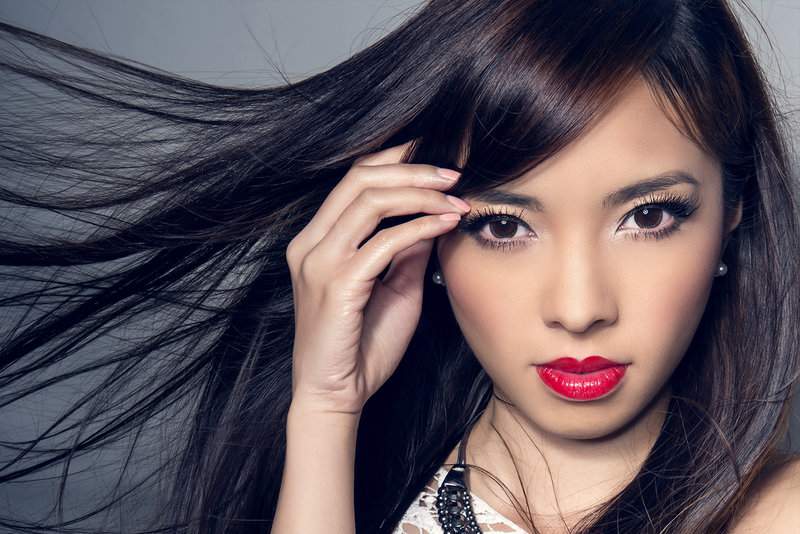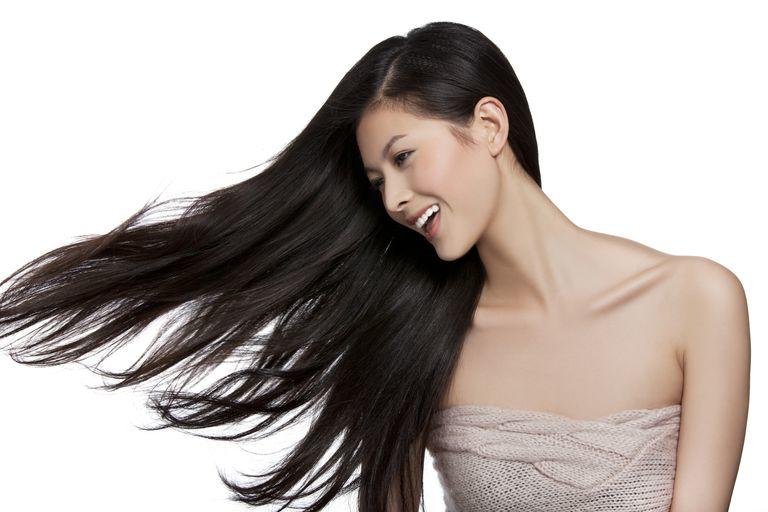
Are you someone who suffers from frizzy, untamable, and curly hair? Do you find yourself spending hours prepping and defrizzitizing your hair on the daily? We feel you. Japanese products have been the leaders in haircare across the globe. That’s why we put together the Ultimate Guide to Japanese Hair Straightening treatments that will make every day a good hair day.
Japanese hair straightening is a popular way of permanently straightening hair that originated in Japan in the 1990’s. It promises to turn wavy, coarse, or curly hair into pin-straight locks by treating the hair with chemicals which break the protein bonds in the hair that give it its shape. This process is also known as “thermal reconditioning” since it also uses very special flat irons that heat to precise temperatures to complement the work of the chemical solution. This straightening process first became popular in the United States in New York City in the early 2000’s and is now available at salons across the country.
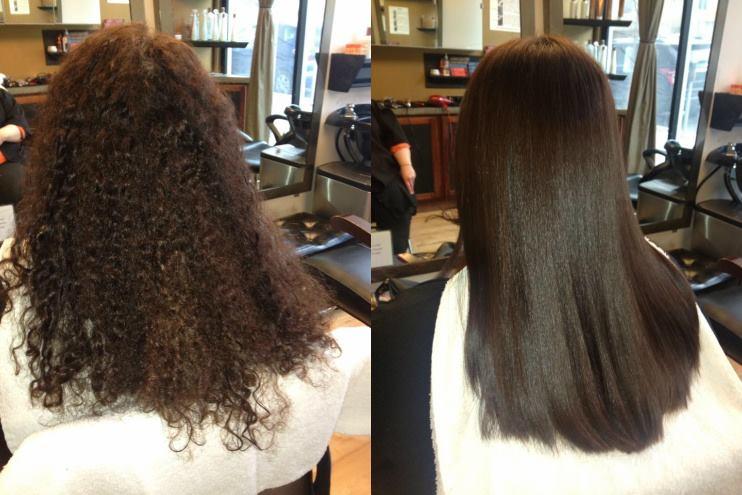
This permanent hair straightening process has many benefits. The most obvious one is the sleek, frizz free look. But beyond the appearance factor, the greatest benefit is likely to be time saved each day on not having to fight to dry, wavy or curly hair with a blow dryer and brush. Hair that has been straightened by thermal reconditioning is much quicker to dry. It requires very little attention out of the shower, giving you a professional look with minimal effort. You are also saved from the hassle of fighting frizz from humidity or physical activity.
If you have this treatment done by someone who doesn’t know what they are doing, you can be left with disastrous results.
It can fry your hair and some women have experienced significant hair loss. This is a primary reason why this process has stirred up controversy.
If your hair has been colored or received other chemical treatments, you risk damaging your hair. An experienced stylist should know if your hair is a good candidate for treatment. Be honest and if your hair has been processed in any way, speak up about it.
To avoid problems, it is very important that you select a stylist who is experienced in Japanese hair straightening. Ask questions like how many treatments they’ve done and how many years they’ve been doing them.
You can also forget about getting a perm or anything involving chemicals to restore your hair’s natural waves. Any additional chemicals will only add to the damage, so you have to be prepared for the commitment to let it grow out.
Hair texture plays a big role in the success, particularly for African American women. Depending on your hair, you might be better off with chemical relaxers.
Before you schedule an appointment, think long and hard about whether this is a good move for you. It certainly can be a beautiful look, but you need to fully understand the risks involved.
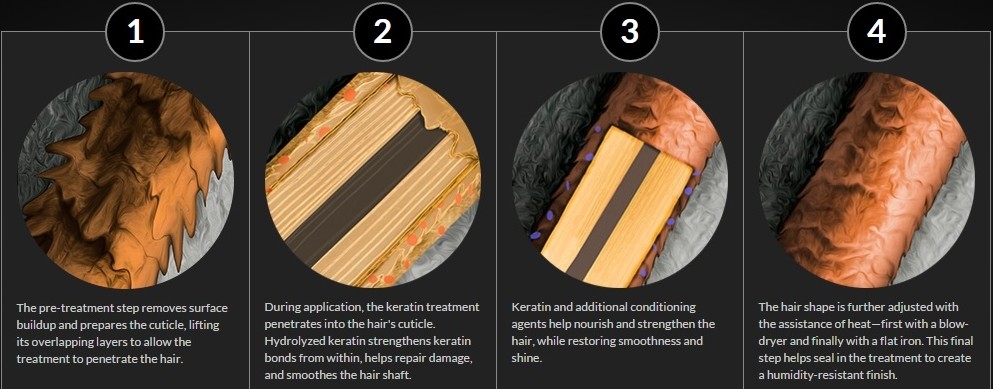
Japanese hair straightening relies on a special solution that’s applied to hair. This solution breaks down the hair’s bond that gives it shape, allowing it to become pin-straight with the help of a flat-iron.
The hair is saturated with the solution, rinsed, dried with a blowdryer, and then flat-ironed with a ceramic iron in small 1/8-inch sections. A neutralizer is then applied which locks the style in place.
The entire process is labor and time-intensive. Depending on the length of your hair and its thickness, you can expect to be in the salon for a few hours.
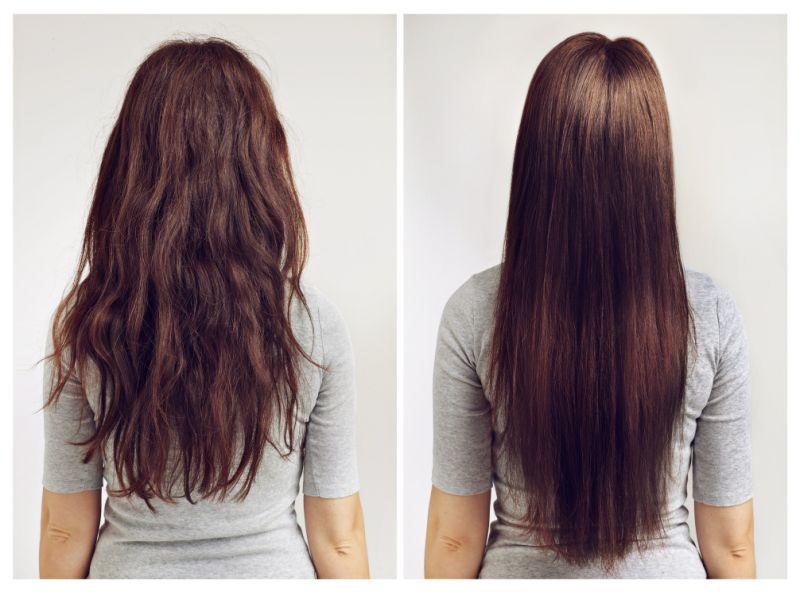
The cost to get your hair straightened with this thermal reconditioning method varies depending on time the procedure will take. This is determined by the length and volume of your hair as well as other factors such how much processing your hair has already undergone. A typical procedure will cost anywhere from $300 to $1,000. It may be possible to find someone to do it cheaper than this, but be wary of a salon that offers to put your hair through this degree of reconditioning for much less. Painful stories of burnt hair or even hair loss are often the result of cheap work done by an inexperienced stylist.
Touch ups are typically needed anywhere from 6 to 9 months later depending on the amount of curl in the new growth. These should take less time than the original visit and cost significantly less as well. That doesn’t mean that it’s a good idea to find a cheap stylist for touch ups. Consistently flattening the new growth to match the old is just as challenging as performing the original procedure.
This particular straightening treatment will last about six months. That’s twice as long as the Brazilian straightening method.
While both treatments are referred to as “permanent straightening,” it’s just like a perm that gives you curly hair. It is only permanent in the sense that it’s not reversible and you will have to wait for it to grow out.
This is one of the downsides because it doesn’t necessarily look great when the top of your hair has waves while your ends are still pin-straight.
In that way, it’s opposite of a perm, which many women can deal with as their hair grows after they decide they no longer want the curls. With straightening, you either have to be patient and get creative with your style, get it retreated, or go for a drastic cut.
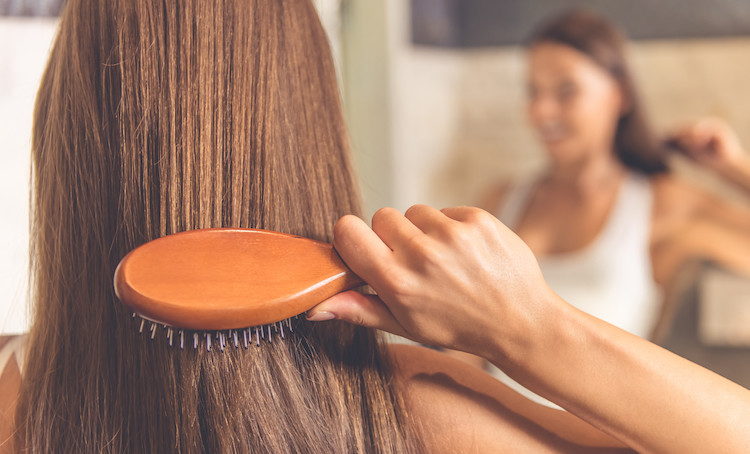
You have to be very careful with your new pin-straight hair after treatment. You can’t wash it or pull it up into a ponytail for at least three days while it sets.
As is stated above, it is critical that you protect your hair from water and any kind of even minor bending during the first two or three days following the Japanese hair straightening procedure. Even though the stylist may be done, the work of the chemicals on your hair is still in process. The neutralizer needs to absorb oxygen from the air as your hair settles into a new shape.
Special shampoos and conditioners will help to maintain the health and shine of your new hairstyle. A thermal heat protector is recommended to avoid damage from flat ironing or blow drying.
It is possible to color your hair after a permanent hair straightening procedure, but you should wait at least two weeks and have it done by a professional. A protein treatment ahead of time will help to insure great results from the coloring treatment. As with any highly delicate process, things can go wrong. Sometimes they can go really wrong, especially if you tried to cut corners on the experience level of your stylist.
Examples of problems resulting from a poorly done straightening procedure can include unnatural “bends” in the hair, tight scalp, breakage, and hair loss. And, of course, you should always speak to the owner of the beauty shop or salon about your problems. They should at least refund your money even if they don’t actively work to remedy the situation. Japanese hair straightening is not for everyone. But if you are one of the many women who are looking for a long term hair straightening solution, it could be the perfect option to looking great while saving time and money in the long run.
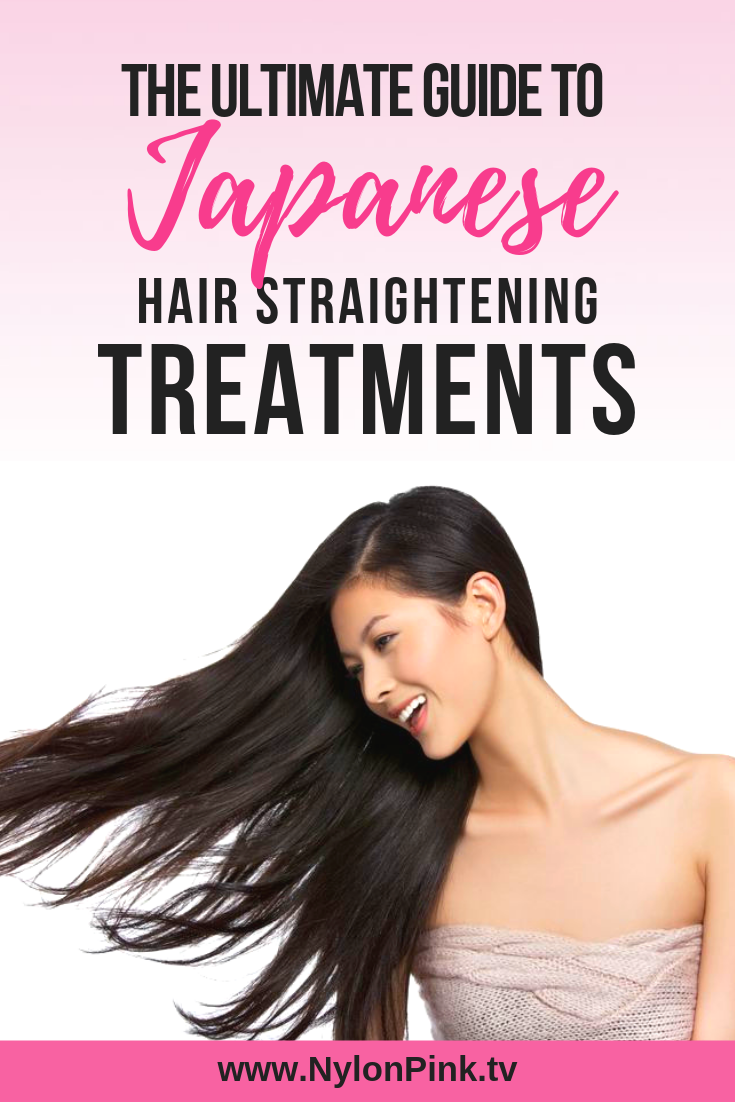
READ MORE
READ ALSO
First appeared on nylonpink.tv

